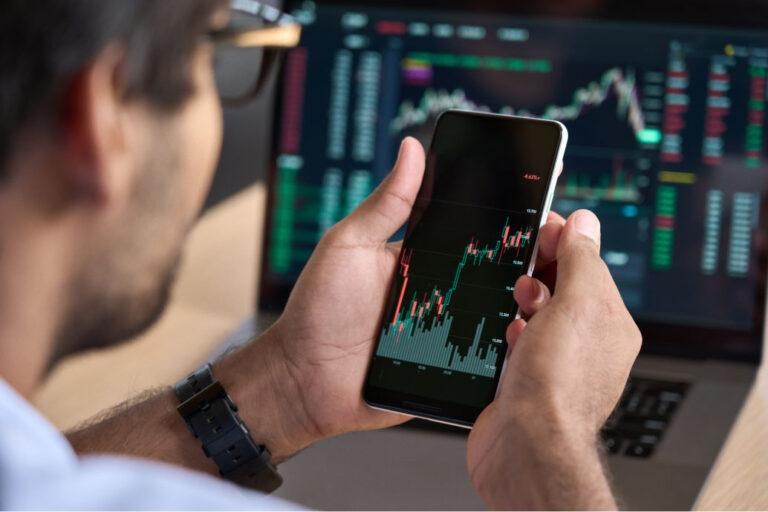Publishing a book is no longer just a personal project to become a concrete strategy for positioning and strengthening personal brand. Increasingly, doctors, lawyers, consultants and coaches recognize the potential to transform their trajectories and knowledge into non-fiction works that expand their presence in the market and generate new business opportunities. The publication consolidates itself as an effective way to open doors for lectures, mentoring, courses and specialized consulting.
According to a survey by the Getulio Vargas Foundation (FGV), professionals who invest in the construction of their own brand have an increase of up to 25% in the recognition of their skills, which directly impacts on the generation of new professional opportunities and the expansion of authority in the market.
Book as a marketing tool
Although many experts accumulate vast experience in their areas, the difficulty in structuring this baggage in a solid editorial format is still a common obstacle.Lack of time, insecurity in writing and absence of a clear methodology lead many to postpone the project of publishing a book. To overcome these barriers, the partnership with a ghostwriter allows the author to focus on sharing their knowledge while a specialized professional transforms this information into a cohesive and engaging narrative.
“Most experts have a lot to share, but do not necessarily master the techniques of writing and narrative construction. The ghostwriter enters this process as a facilitator, organizing the ideas of the author, respecting their essence and ensuring that the content is presented strategically and professionally”, he explains Julyanne Guimarães Amadeu, founder of Alma Editora.
In addition to structuring the content, the publication of a book provides an effect of expanding the personal brand of the specialist. “With a published work, the professional is seen as a reference in his field of activity, which translates into new invitations to lectures, participation in events, consultancies and other businesses that value the consolidated expertise”, he says.
Build legacy and expand the market
The publication experience goes beyond immediate exposure. The book becomes a long-term asset, capable of strengthening the professional trajectory and generating strategic connections. According to Julyanne Amadeu, the impact of a book on the career can be so relevant that many customers report a significant change in market perception after the launch of their works. “Publishing a book is not just sharing what you know. It is to leave your mark, become a reference and open doors that previously did not even exist”, he points.
The writing journey, however, requires commitment and strategic vision. It is necessary to extract the right stories, connect experiences in a way that builds authority and structure the content focusing on the positioning desired by the expert.
“Esse is a process that must be conducted in a personalized way, respecting the trajectory of each author and seeking to maximize the impact of the work. Our work is to transform experiences into a narrative that has purpose, relevance and that really speaks to the audience that he wants to reach”, concludes the expert.











